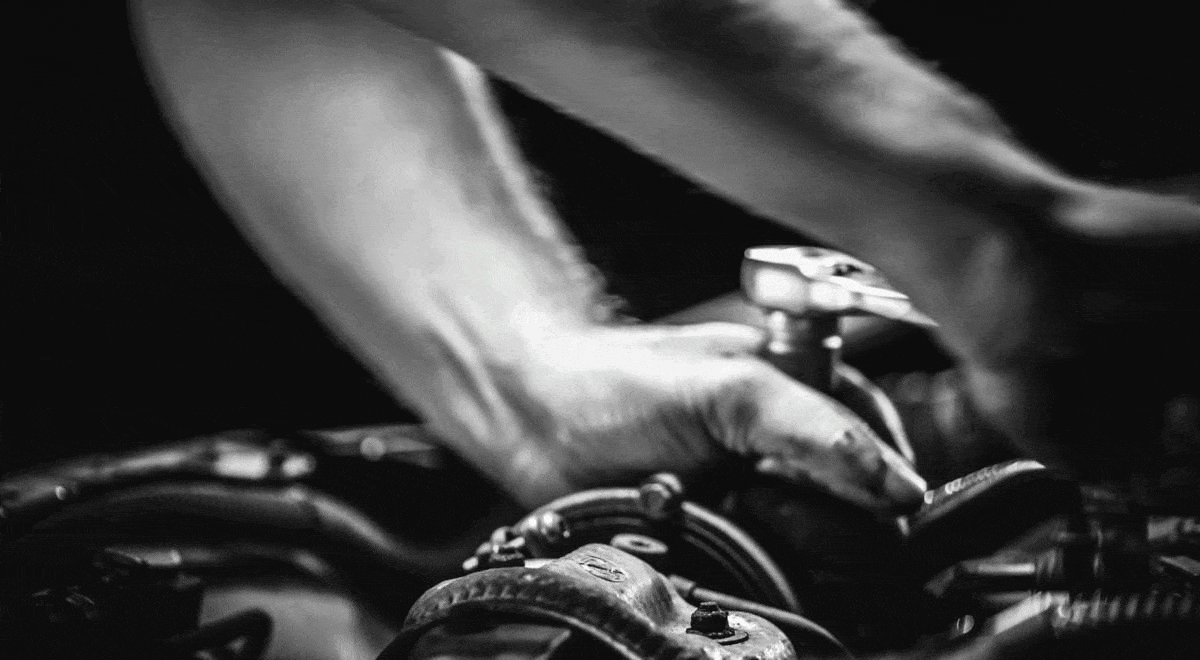You bring your car into the shop for an odd metallic rattle, and when you return to pick it up, the bill is somehow $1,300. It’s only human to wonder, Am I getting fleeced?
Most auto repair shops are run by honest people trying to earn a living in a competitive market with high costs and low margins. But there are bad apples in every bunch. Some states have a sort of bill of rights for auto repairs, so find out what you’re entitled to before you drop off your car. In addition, here are some things to watch out for, and how to remedy them.
Does that part really need replacing?
A lot of shops pad their margins, marking up products by as much as 35 percent, says Jared Lamanna, owner of Churchill Classics in upstate New York.
The best defense is a good offense. “There are cost calculators out there,” says David Bennett, manager of repair systems for the American Automobile Association (AAA). “You can go on there and say, ‘I’m having the brakes replaced on my 2005 Honda Accord. What is the average cost of that?’ This way, you’re educating yourself prior to having the service done.”
Even if they’re charging you a fair price, there’s still the question of whether the part needs replacing. Some shops will recommend replacing a component in your car when, in reality, it could probably last a while longer.
“Have them show you a picture of the part itself, or a video of it,” says Bennett. “There’s a lot of shops now that take video and say, ‘Hey, here’s the reason that we’re recommending this to be replaced.’ ”
When you are (and aren’t) getting screwed with labor costs
Some shops will attempt to pad the bill by charging for more labor than is needed to make the fix. So a brake job that’s $400 at one shop might end up being twice as much at a place just a few miles away.
But the extra labor costs don’t always mean they’re pulling a fast one on you, especially if you’re using a car dealership over an independent shop.
“Dealers have to go by the book, and there’s diagnostic procedures for even the simplest job,” says Lamanna, who was trained as a dealer before going independent. “So they’ll go through and do a diagnostic test on a computer, and then another electrical diagnostic test that they have to physically do. And that’s two hours of labor.”
Check your own damn tires
All tires wear out over time. But some shady shops will recommend replacing them before they’re really shot. Plus, for proper balance, tires must be replaced in pairs (front or rear) or all four at once. Those costs add up.
“Checking your tires is fun and easy,” says Bennett. “Take a quarter and insert it, Washington’s head down, into the tire tread. If you can see the top of his head, it means there’s about 4/32 of an inch of tread left on the tire.”
That means it’s time to start pricing tires, “because legally you cannot go below 2/32 on an inch,” he says.
Practice preventive maintenance
Many car owners are “undereducated on what it actually takes to maintain a car properly,” Lamanna says. “So they go to a mechanic who writes up this huge estimate, and they’re like, ‘How could it need all this? It can’t be real.’ ”
According to AAA, the average cost of maintaining a new car for each of the first five years of its life is a startling $1,450. And one can expect those costs to increase with an older and/or pre-owned vehicle. People generally don’t take this into account. They believe that if their cars are running smoothly, they don’t require any ongoing or preventive work. Lamanna likens this to the way Americans take care of their bodies, forgoing well care until there’s an emergency.
Instead of waiting for issues to arise, set aside $120 each month for a car repair fund. Think of this as a sunk cost, and you won’t be so surprised or angry when needs arise. Moreover, take your car into the shop regularly, in accordance with its manufacturer-recommended maintenance schedule.
If you are ripped off, and can’t come to terms, contact your local Department of Motor Vehicles and Better Business Bureau to file a complaint. And put that place on blast. Few things offer more vindication and relief than writing a scathing online review.

The Arrow/Shutterstock
Follow Article Topics: Money-&-Career




